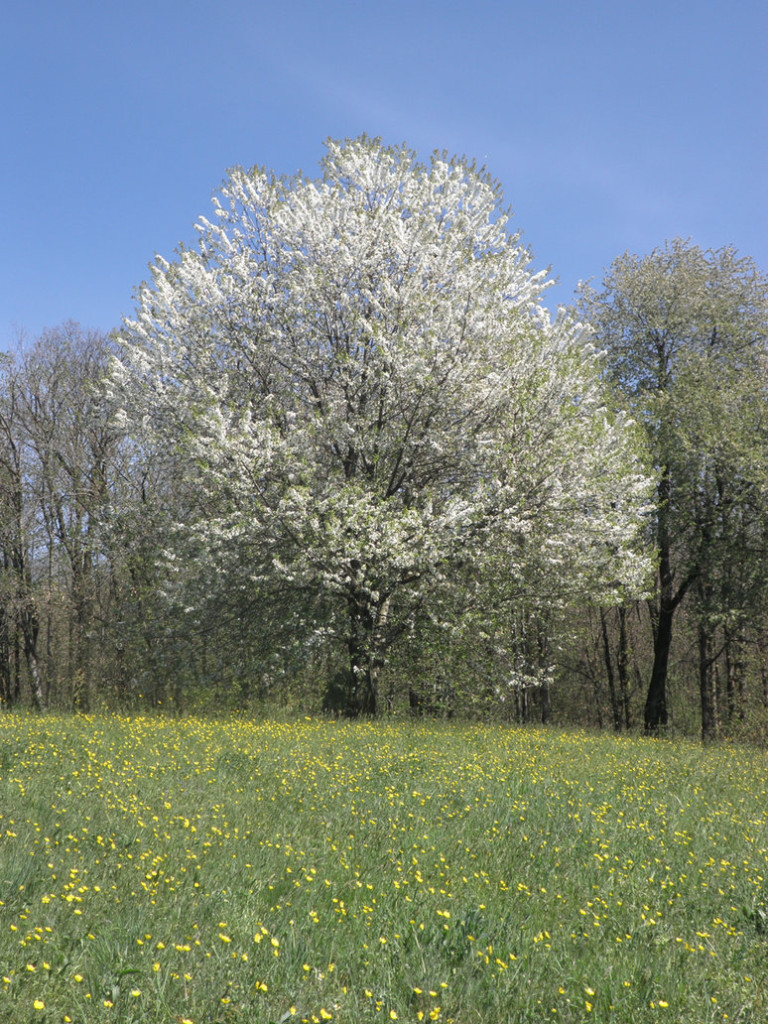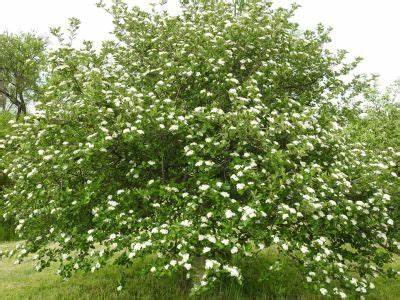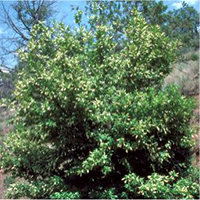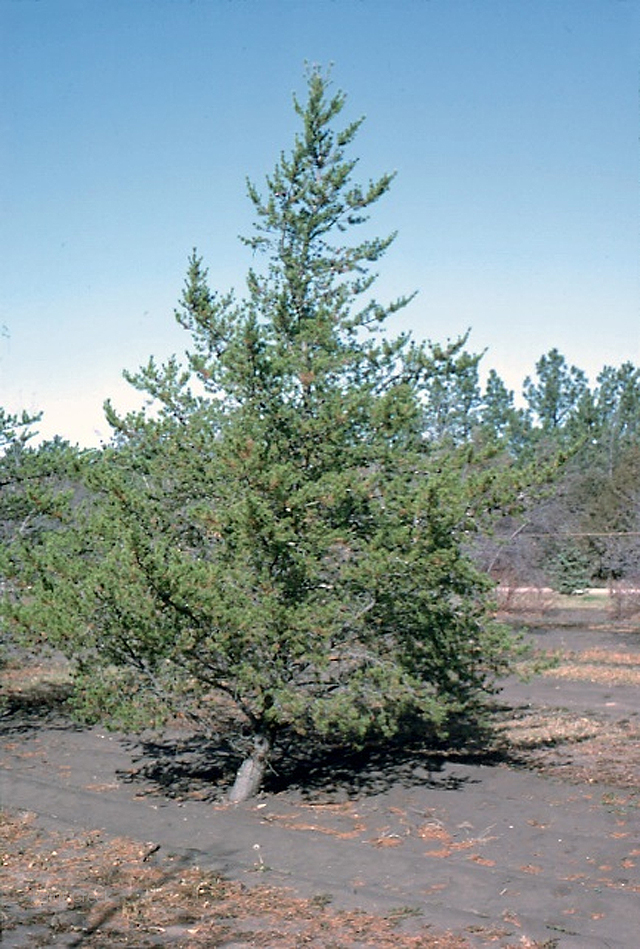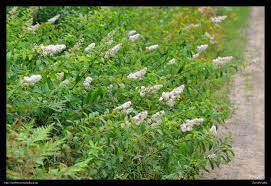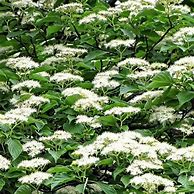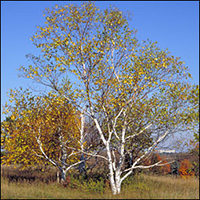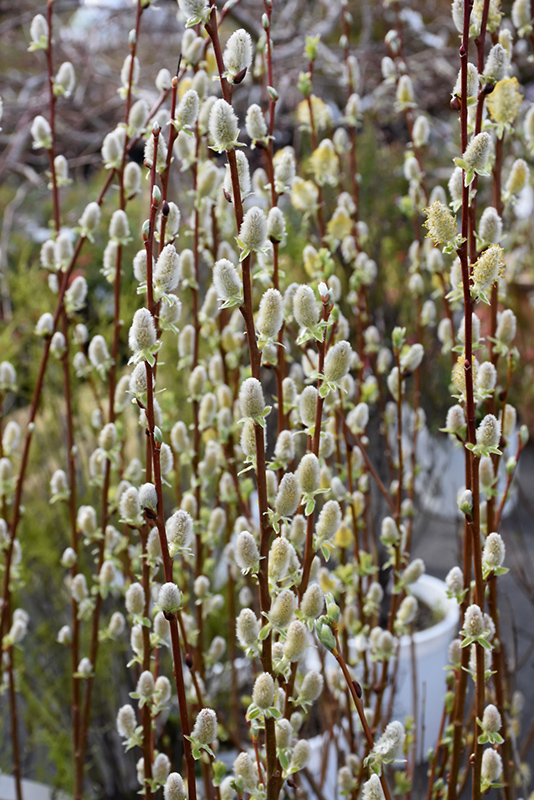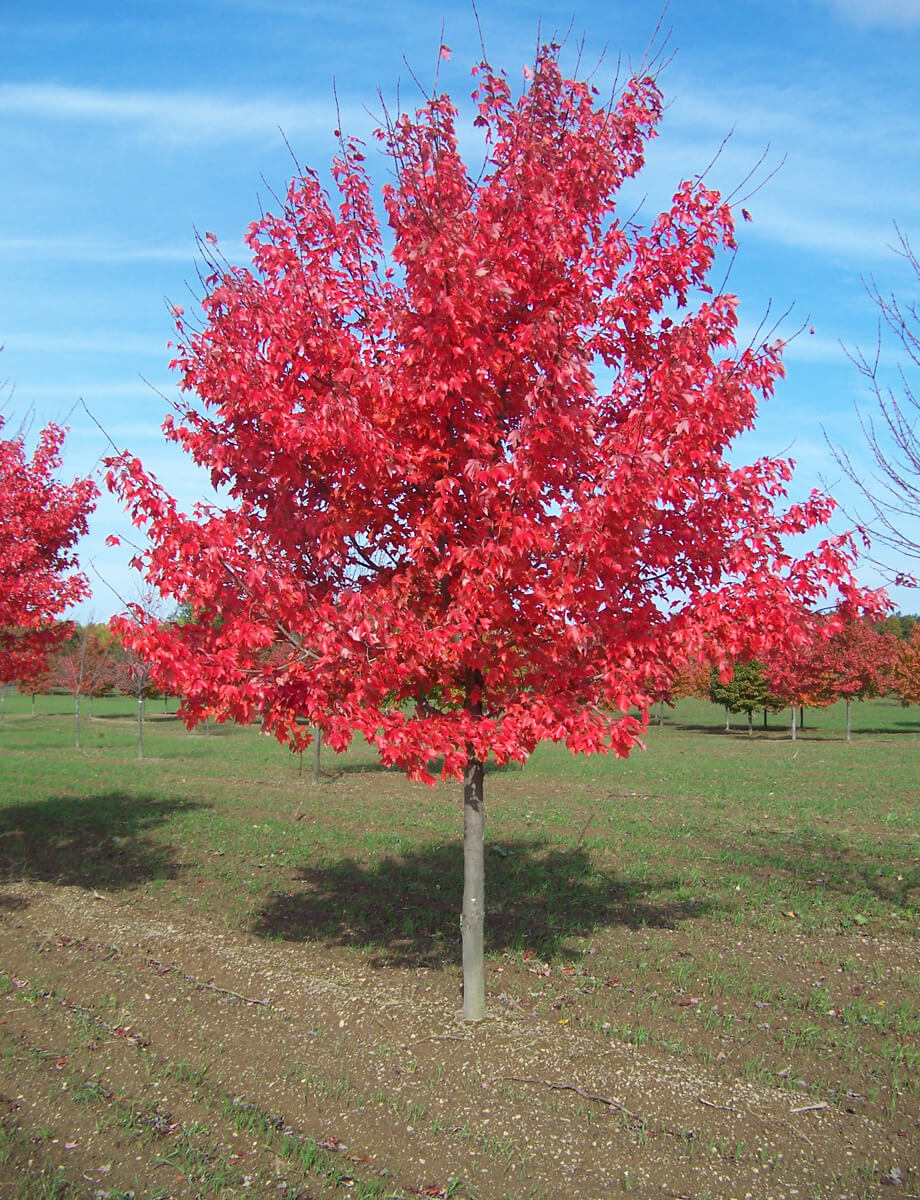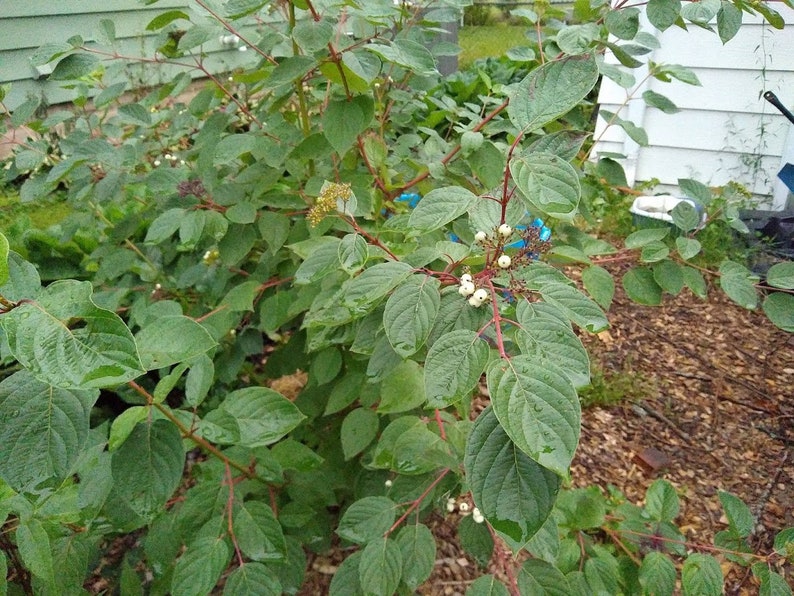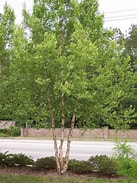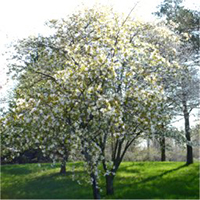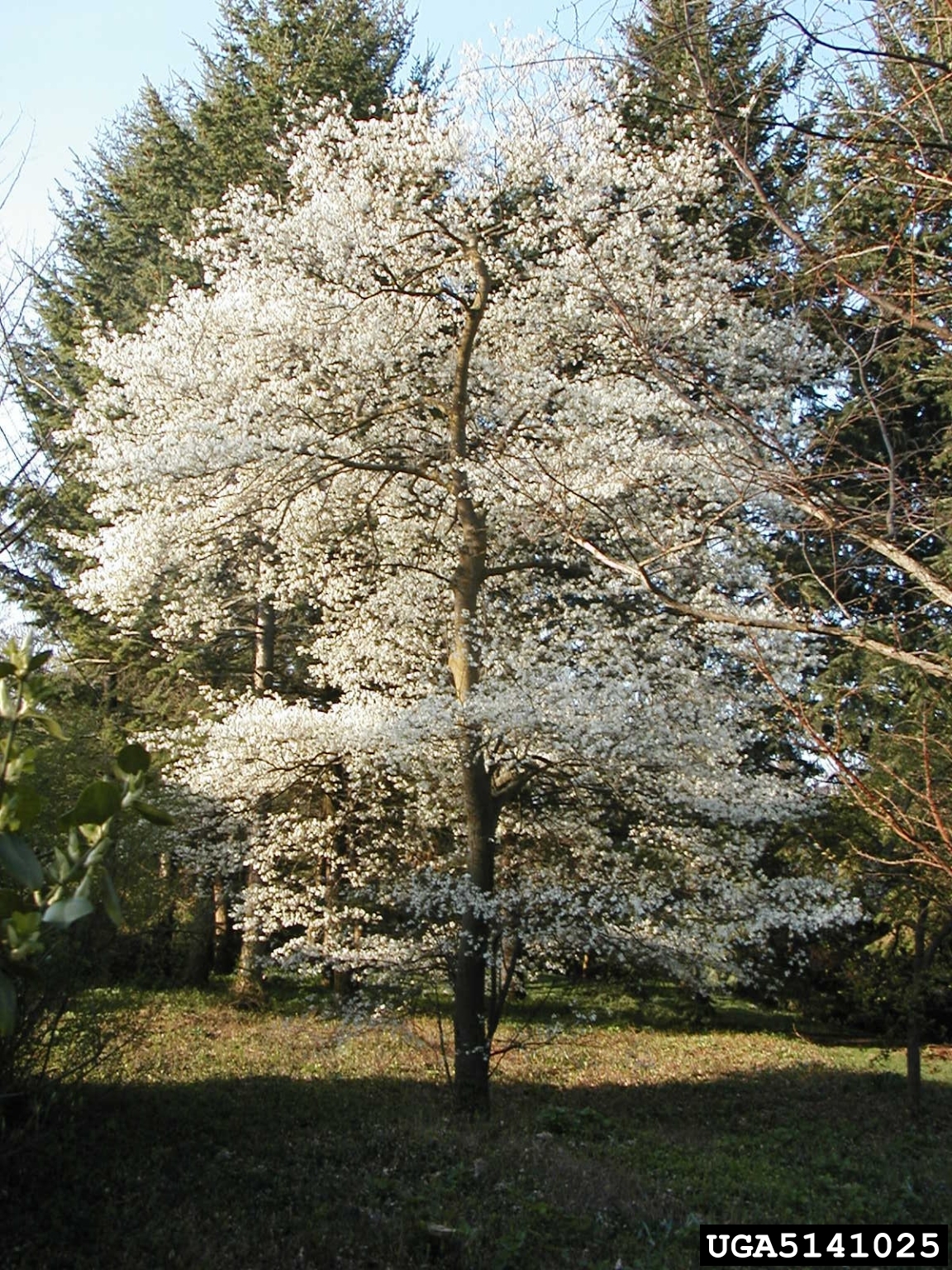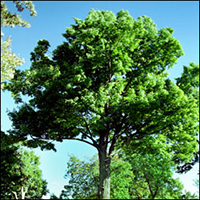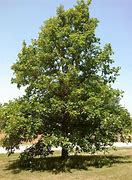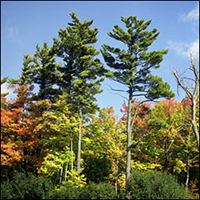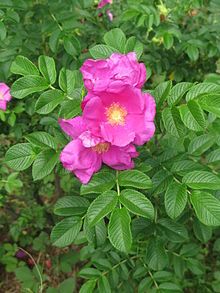| Store is Open for Browsing Sales begin January 2 Welcome to MLCA's community planting program. We have a selection of Trees and Shrubs to help you naturalize your property. For advice on making choices you may wish to consult our Re-Wilding Guide - check the links above. One to two weeks before the May Long Weekend, you will be notified of the time and place for pickup. In order to avoid short shipments from the nursery, we placed our 2025 order with the nursery in September 2024. We ordered based upon previous years' orders. If an item in our store is Sold Out, we may be able to order more if you are prepared to make a large order (15-25) of a particular species. For care in handling and planting your selections download the following .pdf Plant Combination SuggestionsLakeside and Wet HabitatsAlong the lakeside or in wet or damp soil conditions, plant Tamarack, also called Larch, with River Birch and White Cedar for height with Chokeberry, Dogwood, Willow and Elderberry underneath.
Meadow Edges / HedgerowsOn the edges of meadows or for new hedgerows, plant larger trees; White Spruce, Birch, Poplar, Eastern Red Cedar, smaller trees: Mountain Ash and Choke Cherry with Saskatoonberry, Wild Rose and Meadowsweet underneath.
A New Forest or GroveTo re-wild larger areas for a forest or grove, plant White Pine, Maples, Oaks, Birches, Serviceberries and Red Maple.
UnderstoryTo enhance the drive through a forest clearing, plant Pagoda Dogwood, Serviceberry and Nannyberry. If sunny enough on one side of the drive you could add Meadowsweet.
Hilltops / Rocky ShorelinesFor a bright sunny dry hilltop or a rocky shoreline plant a stand of drought tolerant Jack Pine. They usually grow as pure stands in open habitats with the iconic rugged character of a Tom Thompson painting.
Deer TrailsPlant Hemlock and Black Cherry Tree so that deer make trails in winter through the low snow under their limbs.
|


